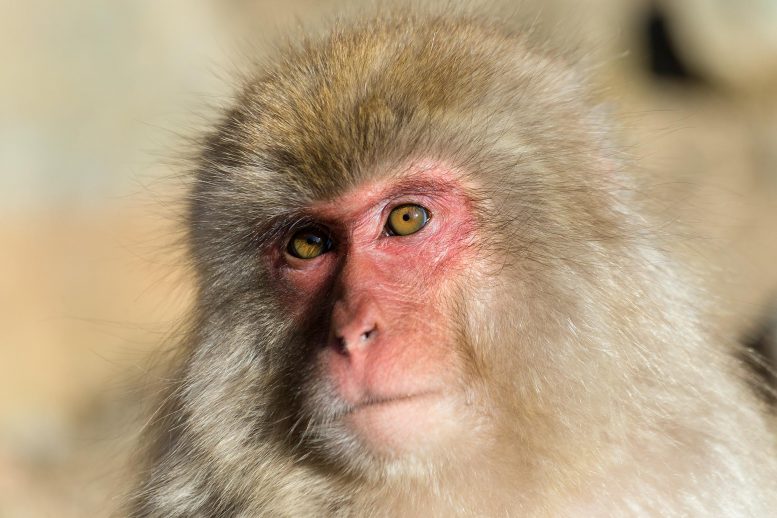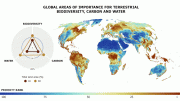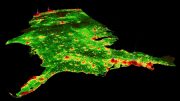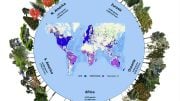
Experts warn that the provisional plan for a 10-year plan to protect nature unveiled in January neglects genetic diversity, which plays a crucial role in ecosystem resilience and species survival.
A global group of scientists is calling for an urgent rethink on a draft action plan to safeguard biodiversity.
The provisional action plan[1], unveiled in January, will form the basis of a 10-year plan to protect nature.
But in a letter published today in the journal Science[2], experts — including scientists from Cardiff University’s School of Biosciences and Sustainable Places Research Institute — warn the suggested targets are not broad enough.
They say the plan neglects genetic diversity despite a wealth of scientific evidence to back up the crucial role it plays within species for ecosystem resilience, species survival, and adaptation, particularly in the face of threats imposed by global change.
Professor Mike Bruford, Dr. Pablo Orozco-terWengel and Dr. Isa-Rita Russo are among the signatories to the letter which outlines “deep concern” that goals around genetic diversity — the building block of evolution and of all biological diversity — are “weak.”
“This letter is a timely warning that at a time when the world’s conservation community is taking critical steps to halt the further loss of global biodiversity, genetic variation must be maintained and enhanced where possible,” said Professor Bruford, who is co-chair of the International Union for Conservation of Nature’s Conservation Genetics Specialist Group.
“If not, we risk a world where genetically inviable, poorly adapted and vulnerable populations will increasingly struggle to avoid extinction.”
The Secretariat of the Convention on Biological Diversity (CBD) released the first version of its plan — dubbed the zero draft of the post-2020 global biodiversity framework — in January.
The CBD is an international treaty under the United Nations Environment Programme, formed at the Earth Summit in Rio de Janeiro in 1992 and is currently signed by 195 nations plus the European Union.
The CBD’s post-2020 framework document describes the urgent need to halt biodiversity loss by 2030 and to live in harmony with biodiversity by 2050.
New concrete targets and commitments for biodiversity conservation for the post-2020 period are currently being discussed by governments and non-governmental actors for a vote scheduled for October 2020.
The document is designed to guide countries’ actions in conserving biodiversity and assessing their progress.
It sets out five objectives — protecting ecosystems, species, and genes, advancing sustainable development and ensuring equitable sharing of benefits arising from the use of biodiversity and traditional knowledge.
The scientists say maintenance of genetic diversity is included — but the indicators of progress focus on domesticated and cultivated species and on wild relatives of “useful” species.
They recommend the post-2020 framework document should explicitly commit signatories to maintain genetic diversity of all species, not just useful ones, and to implement strategies to halt genetic erosion and preserve the adaptive potential of populations of wild and domesticated species.
In their letter, the scientists propose improved indicators for monitoring the genetic diversity of species, based on genetically efficient population sizes and the risk of loss of genetically differentiated populations.
“It is encouraging that the CBD post-2020-draft includes genetic diversity in one of five main goals. However, including explicit protection for genetic diversity in wild as well as domestic species, and strategies to measure the effectiveness of efforts toward that goal, will ensure that signatories prioritize this important aspect of biodiversity conservation,” they said.
References:
1. Provisional Action Plan “ZERO DRAFT OF THE POST-2020 GLOBAL BIODIVERSITY FRAMEWORK” PDF
2. “Post-2020 goals overlook genetic diversity” by Linda Laikre , Sean Hoban, Michael W. Bruford, Gernot Segelbacher, Fred W. Allendorf, Gonzalo Gajardo, Antonio González Rodríguez, Philip W. Hedrick, Myriam Heuertz, Paul A. Hohenlohe, Rodolfo Jaffé, Kerstin Johannesson, Libby Liggins, Anna J. Macdonald, Pablo Orozcoterwengel, Thorsten B. H. Reusch, Hernando Rodríguez-Correa, Isa-Rita M. Russo, Nils Ryman and Cristiano Vernesi, 6 March 2020, Science.
DOI: 10.1126/science.abb2748









Be the first to comment on "Scientists Say Global Plan to Protect Endangered Species Has Major Flaw"